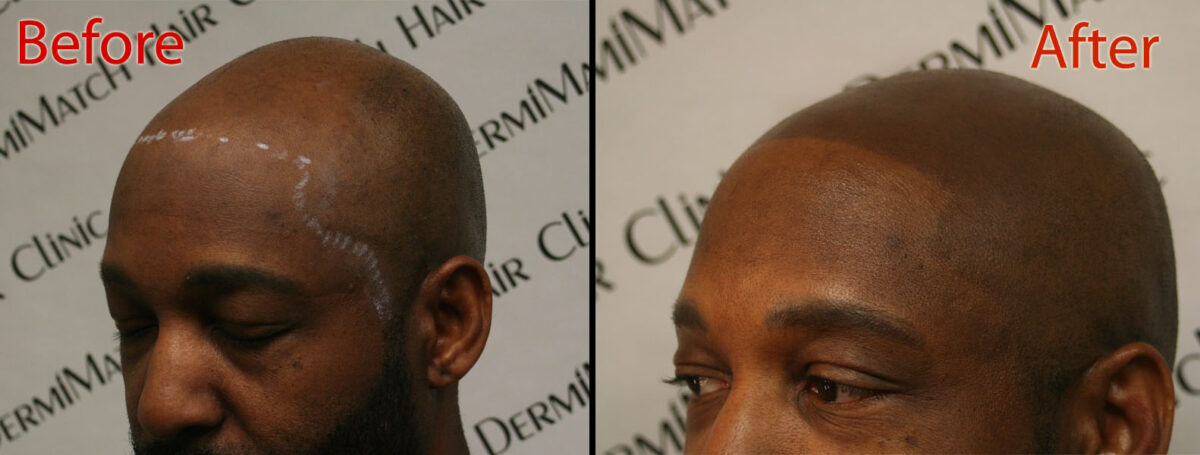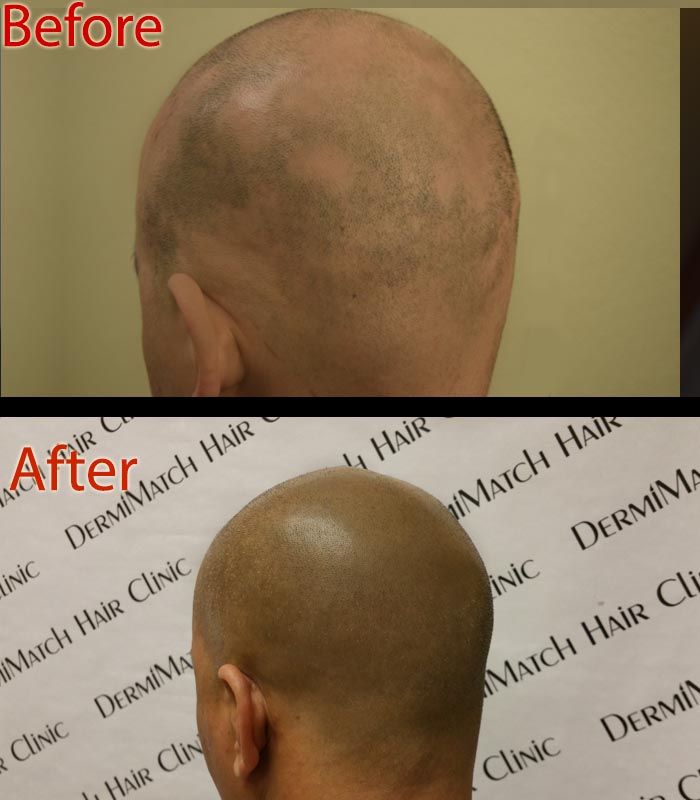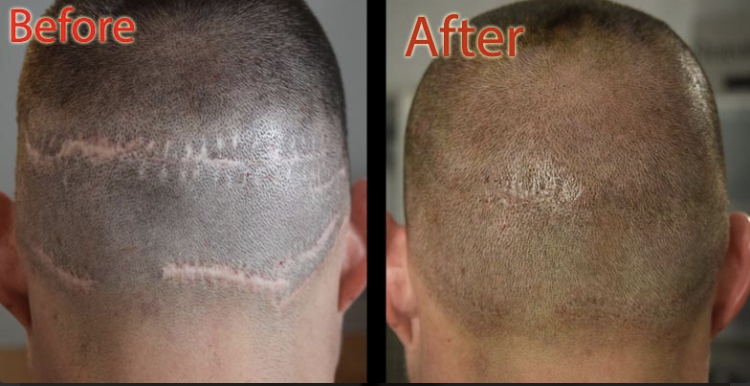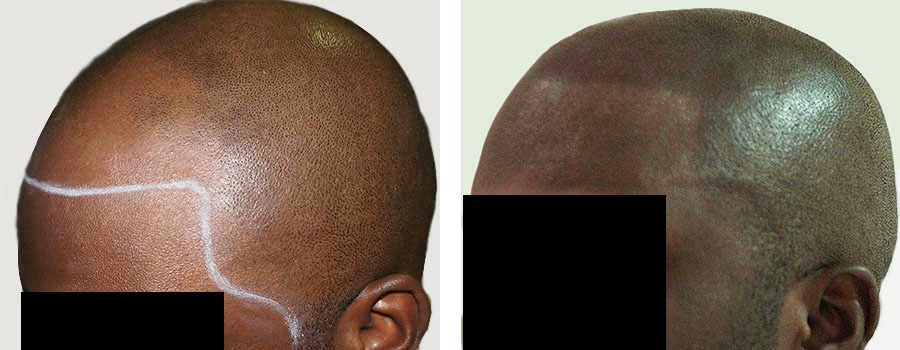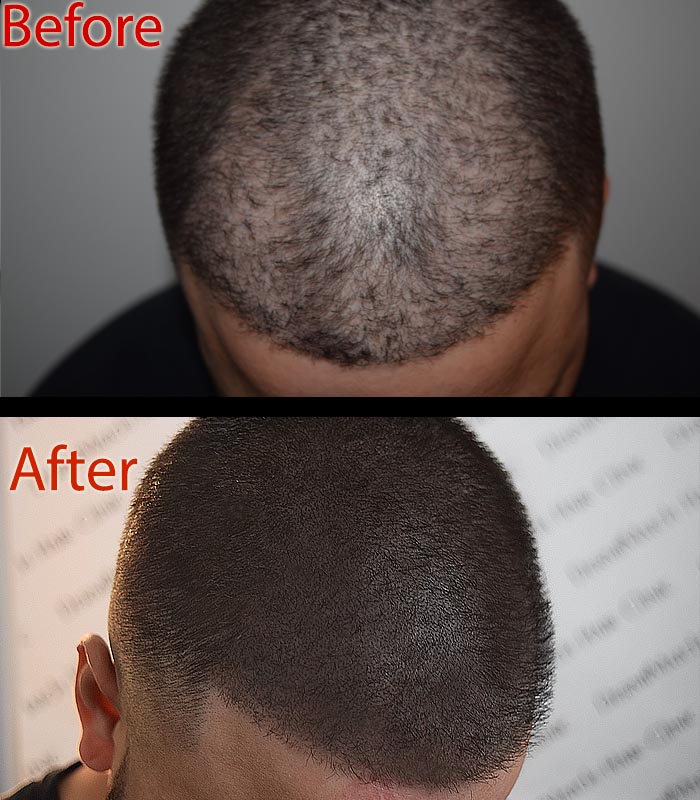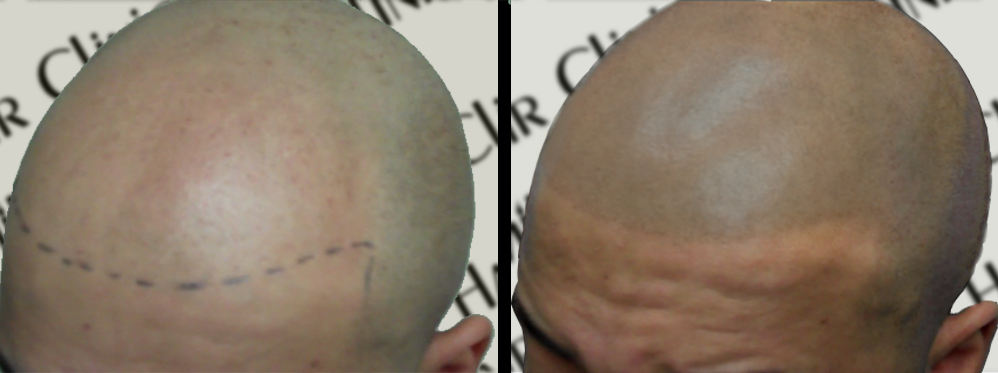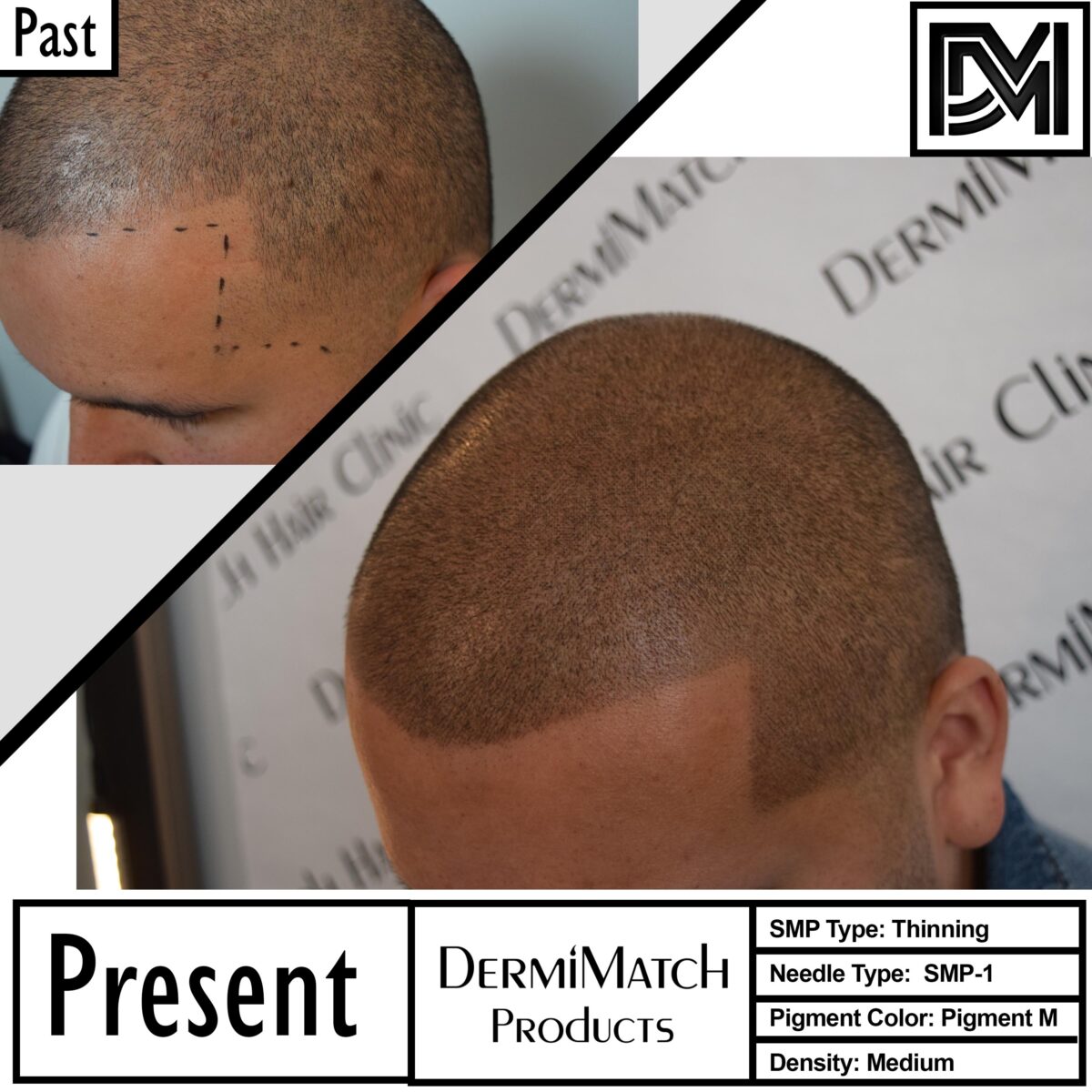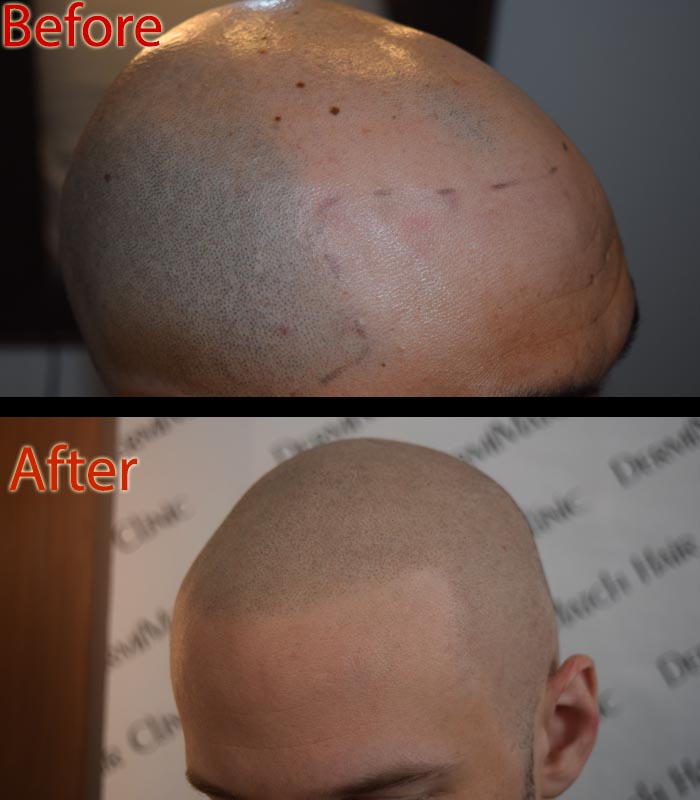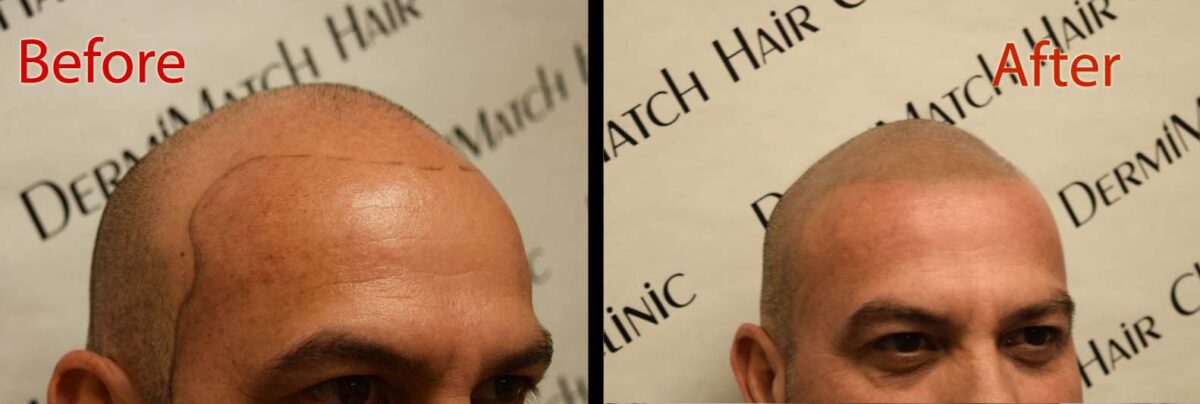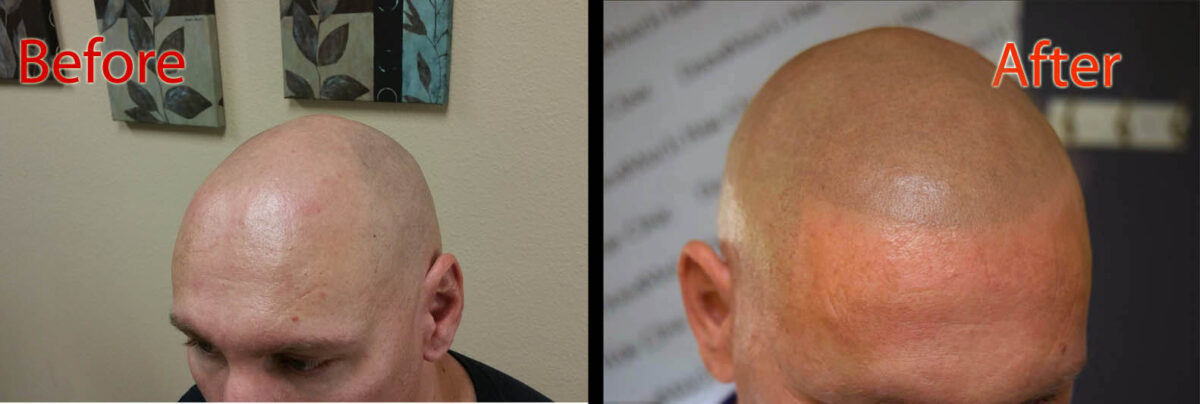Many people with red hair wonder if SMP for blonde hair is a solution. Well, scalp micropigmentation can be used to treat male pattern baldness, thinning hair, and receding hairline, irrespective of hair color. Hair loss is undoubtedly a problem everyone faces at different ages. But when hair loss is premature, it hurts badly. If you have blonde or red hair, you might feel as if there is no solution to the problem. Luckily, scalp micropigmentation is a reliable solution.
What is SMP for Blonde Hair?
Scalp micropigmentation is a technique to layer dots in the second skin layer of the scalp. The method is known as pointillism which intends to create the impression of hair follicles.
SMP involves the use of specialized pigment, which is organic and doesn’t separate into blue or green hues.
If you have blonde hair, worry not. SMP has a solution. Depending on the type of your hair color, scalp experts can use a pigment that matches your hair tone. While many SMP pigments require dilution, DermMicro has launched an amazing variety of scalp micropigmentation inks that do not need any dilution. They are ready to use. There’s a matching color for every skin and hair color type.
Does Skin Tone Matter?
If an SMP technician uses a lighter shade than skin tone, it may give a faded appearance. On the other hand, SMP may look fake if the pigment color is too dark. The goal of scalp micropigmentation treatment is to create a harmonious look that appears natural.
Some skin tones may need extra sessions to complete the natural look. A scalp professional may start with lighter colors for a lighter and red skin tone to create the perfect color.
Typically, people with lighter skin tones have thinner skin. So SMP technicians apply lighter pressure with smaller dots so that the end result looks realistic.
Is SMP for Blonde Hair Painful?
Scalp micropigmentation is a non-invasive procedure, which makes it painless. However, clients with sensitive skin might find it a little uncomfortable. Luckily, many SMP professionals use scalp numbing to numb the skin. This ensures that you do not feel any discomfort or pain during the procedure. Their aim is to make the process smooth and hassle-free for clients. Each client has a different tolerance level.
Once the procedure completes, the next most important task is SMP aftercare. You cannot ignore it as proper care is crucial to a lasting recovery. You will continue to reap the benefits for a long time to come. This holds true for people with all types of skin and hair tones. Whether you plan to choose SMP for blonder hair, go with proper planning and ensure scalp aftercare.
The best scalp artist in Arizona can create a fuller hair look for clients with all types of hair. Connect with top Arizona SMP professionals at DermiMatch Clinic, who have a proven track record of working with blonde hair. Get in touch today to take the first step toward a life-changing decision.

